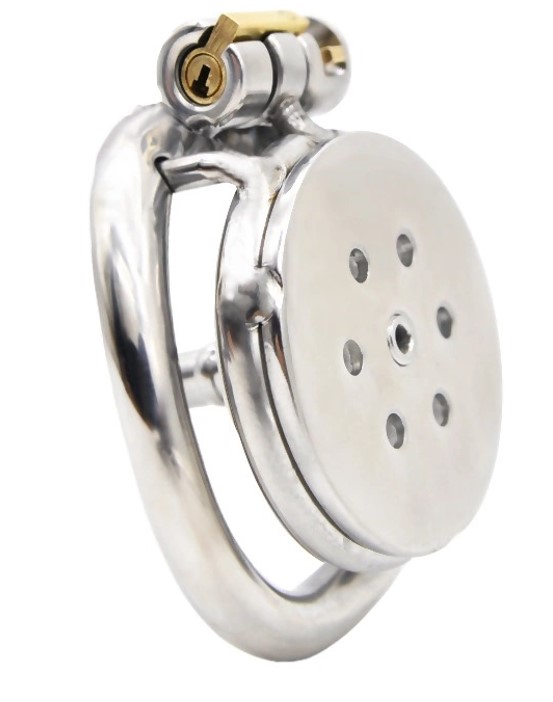Chastity cages, once an ancient tool for control, have seen a resurgence in the modern adult product market, evolving into a trendy item. No longer just for chastity, they now play a significant role in enhancing pleasure and control in intimate relationships. With advancements in technology and the diversification of consumer needs, the design of chastity cages focuses more on comfort, discretion, and aesthetics. In this context, flat chastity cages and inverted chastity cages have become two of the most popular types.
Trends in Chastity Cage Development
From the early metal chastity devices to today’s modern designs using various materials, the market has undergone significant changes. Nowadays, chastity cages emphasize comfort, adjustability, and safety for long-term wear. Lightweight materials like plastic and silicone, along with breathable designs that allow airflow, have become more common. Modern chastity cages are also smaller in size and more discreet in appearance, making them suitable for everyday wear and extended use.
With the growing popularity of BDSM culture and the increasing interest in diverse intimate experiences among couples, the user base for chastity cages has expanded. Whether for long-term control, short-term play, or psychological dominance and submission, the demand for chastity cages is steadily rising.
The Popularity of Flat Chastity Cages
Flat chastity cages are favored for their unique design and comfort. These cages feature a smooth, streamlined appearance, making them ideal for users who prefer a low-profile, close-fitting design. The flat structure reduces friction with clothing, providing a more comfortable experience during daily wear. Additionally, flat chastity cages offer a higher level of discretion, allowing users to feel secure in public settings.







